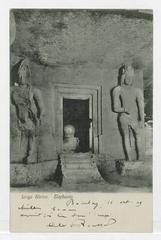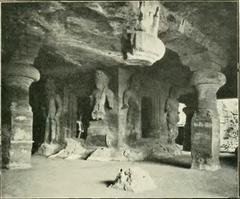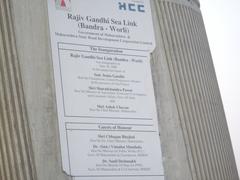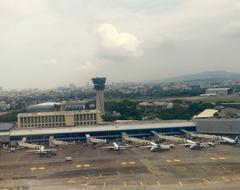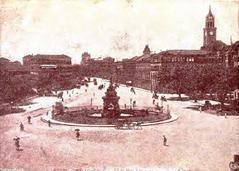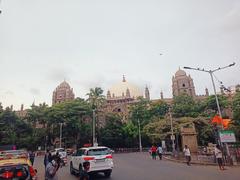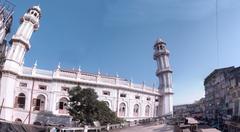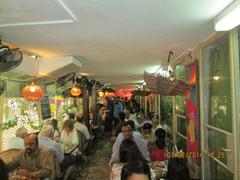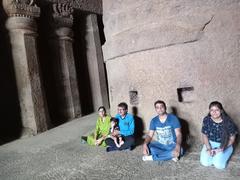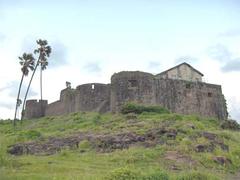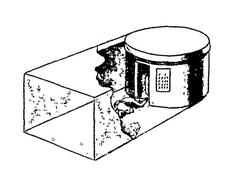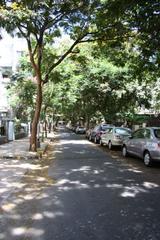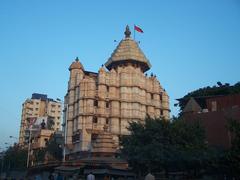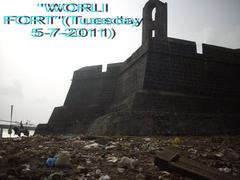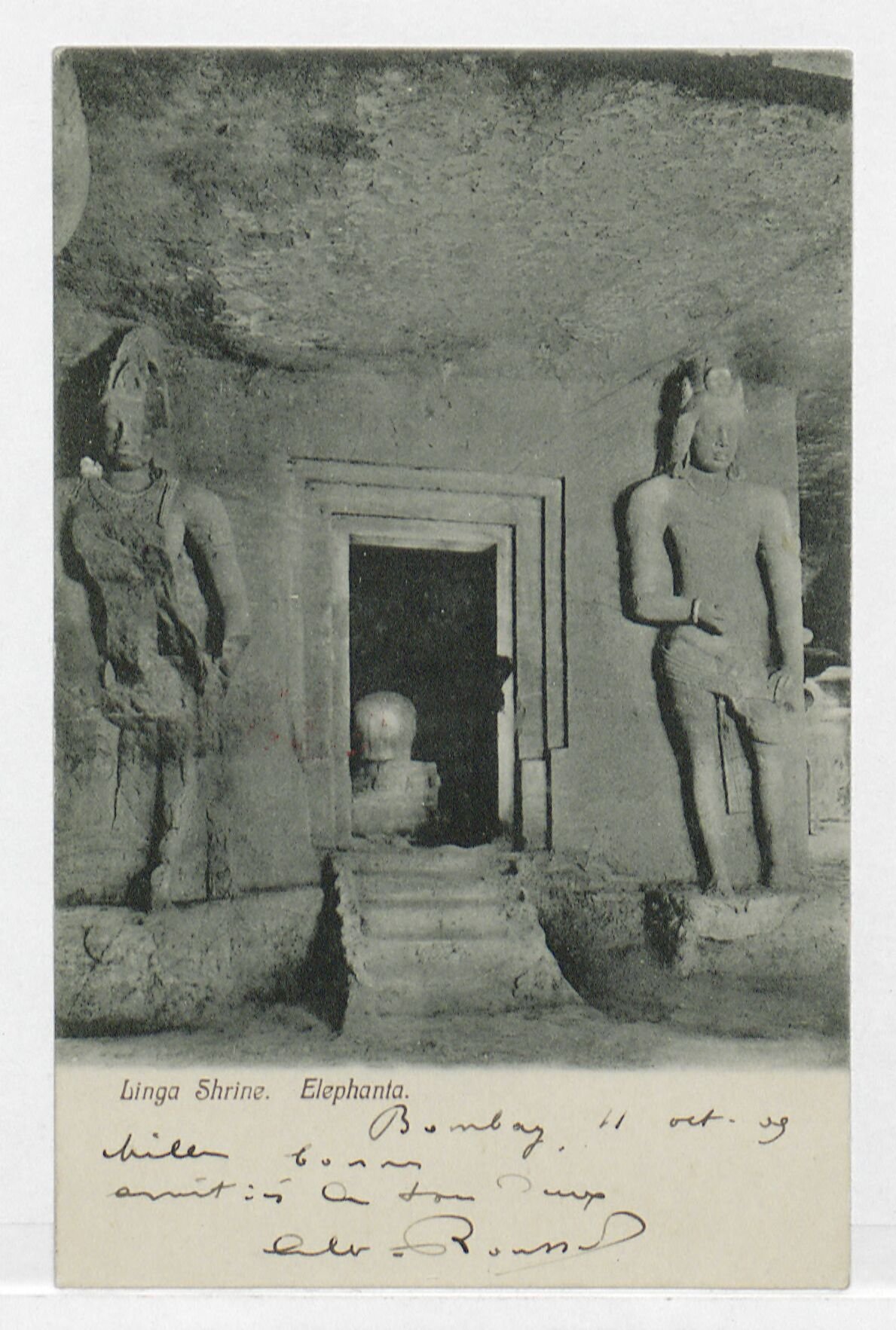
Visiting Path to Caves: A Comprehensive Guide to Mumbai’s Historical Site
Publication Date: 17/07/2024
Introduction: An Overview of Path to Caves
Nestled within the lush expanses of Sanjay Gandhi National Park in Mumbai, India, the Kanheri Caves, also known as the Path to Caves, offer a captivating journey into ancient history and spirituality. These rock-cut monuments, dating back to the 1st century BCE, serve as a testament to the architectural and cultural achievements of ancient Indian civilization. The caves’ intricate designs and historical significance make them a must-visit destination for history enthusiasts and casual tourists alike (Archaeological Survey of India). This guide aims to provide a comprehensive overview of the Kanheri Caves, detailing their historical background, visitor information, and practical travel tips to help you make the most of your visit.
Table of Contents: What You’ll Learn
- Introduction
- Historical Background of the Kanheri Caves
- Ancient Origins
- Architectural Significance
- Inscriptions and Artifacts
- Role in Trade and Commerce
- Decline and Rediscovery
- Preservation Efforts
- Cultural Impact
- Visitor Information
- Tickets and Visiting Hours
- Travel Tips
- Nearby Attractions
- Accessibility
- FAQ
- Conclusion
- Sources
Historical Background of the Kanheri Caves
Ancient Origins
The Kanheri Caves, also known as the Path to Caves, originated in the 1st century BCE and developed over several centuries, with significant activity between the 1st and 10th centuries CE. These caves served as Buddhist viharas (monasteries) and chaityas (prayer halls), illustrating the spread of Buddhism in the region during this period.
Architectural Significance
Renowned for their intricate rock-cut architecture, the Kanheri Caves include more than 100 caves carved into a basalt rock formation. Notable structures include stupas, relief sculptures, and inscriptions. The largest cave, Cave 3, is a chaitya hall measuring approximately 87 feet in length, 39 feet in width, and 40 feet in height, featuring grand pillars and a large stupa at the far end as a focal point for worship (Archaeological Survey of India).
Inscriptions and Artifacts
The caves contain inscriptions in Brahmi, Devanagari, and Pahlavi scripts, offering valuable insights into the historical and cultural context of the period. These inscriptions often mention donations by merchants, monks, and local rulers, highlighting the caves’ religious and economic significance. Artifacts such as stone carvings, Buddha statues, and Jataka tale depictions further enrich our understanding of the Buddha’s life and teachings (Indian National Trust for Art and Cultural Heritage).
Role in Trade and Commerce
Strategically located along ancient trade routes, the Kanheri Caves served as a resting place for traders and pilgrims traveling between coastal regions and the Indian subcontinent’s interior. The presence of water cisterns and storage facilities within the caves indicates their capacity to support large numbers of visitors, underscoring their historical importance in commerce and pilgrimage (Mumbai Tourism).
Decline and Rediscovery
With the decline of Buddhism in India and the rise of Hinduism and Islam, the Kanheri Caves gradually fell into disuse by the 11th century. However, they were never completely forgotten and continued to be visited by local communities. Rediscovered by British archaeologists in the 19th century, these caves have since garnered renewed interest and preservation efforts (British Library).
Preservation Efforts
Recognized as a site of national importance by the Archaeological Survey of India (ASI), efforts to preserve and restore the Kanheri Caves have included measures to prevent water damage, control vegetation growth, and protect the site from vandalism. Extensive documentation and research by the ASI ensure that the Kanheri Caves remain a valuable heritage site for future generations (ASI).
Cultural Impact
The Kanheri Caves have significantly impacted Mumbai’s cultural landscape, showcasing the rich history of Buddhism in India and the architectural and artistic achievements of ancient Indian craftsmen. They continue to attract scholars, historians, and tourists worldwide, contributing to a deeper appreciation of India’s cultural heritage (Mumbai Mirror).
Visitor Information
Tickets and Visiting Hours
- Visiting Hours: The Kanheri Caves are open from 7:30 AM to 5:30 PM daily, except on Mondays when the site is closed for maintenance.
- Tickets: The entry fee is ₹25 for Indian citizens and ₹300 for foreign tourists. Children below the age of 15 can enter for free.
Travel Tips
- How to Get There: The Kanheri Caves are located within the Sanjay Gandhi National Park, which can be accessed via Borivali Station on the Mumbai Suburban Railway. From the entrance of the park, you can hire a shuttle bus or cycle to the caves.
- What to Wear: Comfortable walking shoes and light, breathable clothing are recommended due to the tropical climate and uneven terrain.
- Best Time to Visit: The best time to visit is during the cooler months from November to February.
Nearby Attractions
- Sanjay Gandhi National Park: Explore the park’s rich biodiversity and scenic landscapes.
- Global Vipassana Pagoda: A short drive away, this meditation hall is one of the world’s largest stone monuments.
- EsselWorld and Water Kingdom: Ideal for families, these amusement parks offer a variety of rides and attractions.
Accessibility
While the main path to the Kanheri Caves is well-maintained, some areas may be challenging for visitors with mobility issues due to uneven terrain and steps. It is advisable to check accessibility options in advance.
FAQ
Q: What are the Kanheri Caves?
A: The Kanheri Caves are a group of ancient rock-cut monuments located in Sanjay Gandhi National Park, Mumbai, India, dating back to the 1st century BCE.
Q: What are the visiting hours for the Kanheri Caves?
A: The caves are open from 7:30 AM to 5:30 PM daily, except on Mondays.
Q: How much is the entry fee for the Kanheri Caves?
A: The entry fee is ₹25 for Indian citizens and ₹300 for foreign tourists. Children below 15 enter for free.
Q: How can I reach the Kanheri Caves?
A: The caves are accessible via Borivali Station on the Mumbai Suburban Railway, followed by a shuttle bus or cycle ride from the park’s entrance.
Conclusion
The Kanheri Caves are not just a window into India’s ancient Buddhist history but also a testament to the enduring legacy of its architectural and cultural achievements. From intricate carvings to inscriptions that tell stories of past patrons, these caves offer a rich, immersive experience for history enthusiasts and casual visitors alike. Whether you’re a local or a tourist, a visit to the Kanheri Caves promises to be an educational and inspiring journey into India’s storied past. For more information and updates, consider visiting the official Sanjay Gandhi National Park website and following related social media channels.
